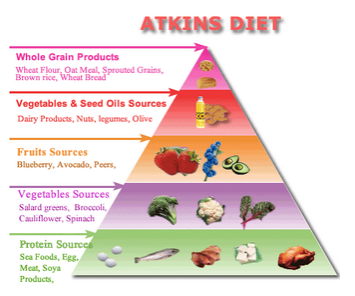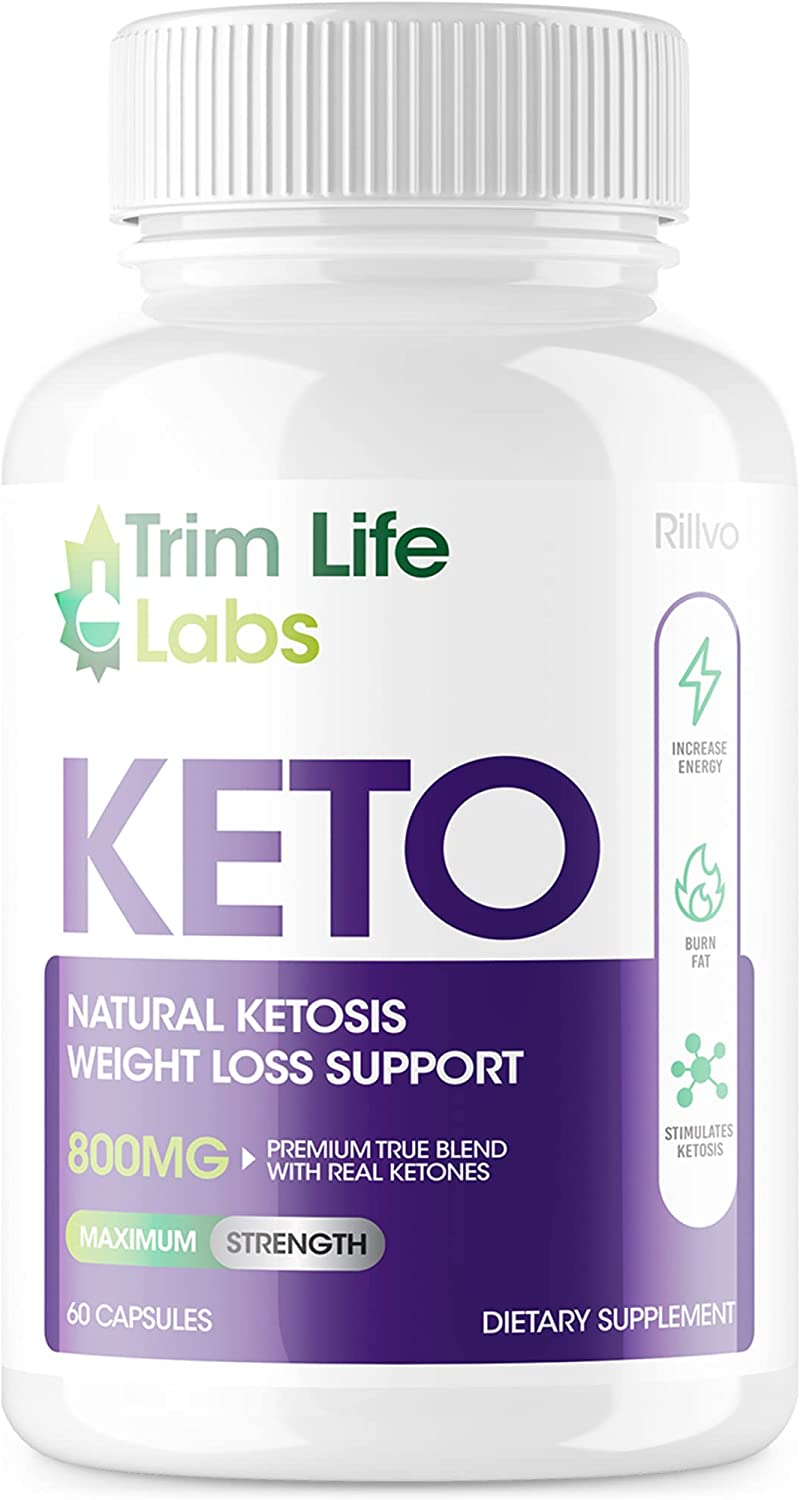
It's a time for indulgence in all manner of delicious food, and many people make resolutions to eat healthier starting January 1. Many of us have difficulty making this resolution work due to limited access to basic food products, and lack of affordable options. Morning Brew found that 3 million of those surveyed said they were concerned about being exposed to COVID-19 in the grocery store.
Although a diet plan might sound great at the beginning of the new year, there are many other factors that must be taken into consideration when selecting a diet. A diet that includes less meat, saturated fats, refined sugar, and alcohol can result in a variety of health conditions including obesity, certain types of cancer, and diabetes. A healthy diet will allow you to continue drinking alcohol as long as you don't drink too much.

Many people decide to change their diets in the new year. While it may be tempting to just follow any fad diet, you should start small and then build to a new eating routine. A sustainable eating program includes eating a healthy mix of whole food and processed foods. It should be flexible enough that it can adapt to your needs and lifestyle. A good diet plan will make it easier to maintain your new lifestyle.
Specific resolutions are another way to keep to a new diet. A workout routine should be established every week, for example, if your goal is to lose weight. A pledge to go to the gym at least three times per week can be made. This will help you stay motivated and stick with the program. This is an excellent way to stay motivated over the course of the year. You can also maintain a healthy lifestyle or lose weight in many other ways.
If you have an unhealthy diet, you should consider making a resolution that will help you lose weight. It is important to be specific about a dietary change. These are the three most popular resolutions: reduce sugar, calorie, and salt intake. This is an excellent way to kickstart the year and improve your health. It's not always easy to make healthy dietary changes in the New Year.

A lot of people make resolutions to be healthier. Don't make a resolution to lose weight or eat better in the new year. Try incorporating healthy habits into your everyday life. Whether you want to lose weight or improve your diet, there are a lot of ways to improve your health. This could include changing your eating habits and creating a healthier lifestyle.
FAQ
What is the difference of fat and sugar?
Fat is an energy source that comes from food. Sugar is naturally found in fruits and veggies. Both fats, as well sugars, provide the same number calories. But, fats have more calories than sugars.
The body stores fats and they can lead to obesity. They cause cholesterol buildup in arteries which may lead to heart attacks and strokes.
Sugars are quickly absorbed and provide instant energy. This causes blood sugar levels to rise. High blood sugar levels can cause type II diabetes.
How to measure your body fat
A Body Fat Analyzer will give you the most accurate measurement of body fat. These devices measure the body fat percentage in people who wish to lose weight.
Increase immunity with herbs or supplements
Herbs and natural remedies can be used to boost immune function. Ginger, garlic, ginger, echinacea and ginkgo biloba are some of the most common.
These herbal remedies should not be used in place of conventional medical treatment. Side effects include nausea, diarrhea and stomach cramps, headaches and dizziness.
Statistics
- Extra virgin olive oil may benefit heart health, as people who consume it have a lower risk for dying from heart attacks and strokes according to some evidence (57Trusted Source (healthline.com)
- According to the 2020 Dietary Guidelines for Americans, a balanced diet high in fruits and vegetables, lean protein, low-fat dairy and whole grains is needed for optimal energy. (mayoclinichealthsystem.org)
- nutrients.[17]X Research sourceWhole grains to try include: 100% whole wheat pasta and bread, brown rice, whole grain oats, farro, millet, quinoa, and barley. (wikihow.com)
- WHO recommends reducing saturated fats to less than 10% of total energy intake; reducing trans-fats to less than 1% of total energy intake; and replacing both saturated fats and trans-fats to unsaturated fats. (who.int)
External Links
How To
What does the meaning of "vitamin?"
Vitamins are organic compounds found naturally in food. Vitamins help us absorb nutrients from foods we eat. Vitamins cannot be produced by the body. They must be acquired from food.
There are two types vitamins: water soluble or fat soluble. Water soluble vitamins dissolve easily in water. Some examples include vitamin C,B1 and B2 vitamins (thiamine), B2 and riboflavin, B3 and B6 vitamins (niacin), folic acids, biotin, pantothenic acids, and cholesterol. Fat-soluble vitamins are stored in the liver, fatty tissue and kidneys. Some examples include vitamin D and E, K, A and beta carotene.
Vitamins are classified according their biological activity. There are eight major groups of vitamins:
-
A - vital for healthy growth.
-
C - important for proper nerve function and energy production.
-
D - Vital for healthy bones and teeth
-
E is necessary for good vision, reproduction.
-
K - essential for healthy muscles, nerves, and bones.
-
P - Essential for strong bones and teeth.
-
Q - Aids digestion and iron absorption
-
R is required for the production of red blood cells.
The recommended daily allowance for vitamins (RDA) varies based on gender, age, and physical conditions. The U.S. Food and Drug Administration (FDA) sets the RDA values.
For adults aged 19 and older, the RDA for vitamin B is 400 micrograms daily. Pregnant mothers need 600 micrograms per days because it is vital for the development and growth of their baby. Children ages 1-8 require 900 micrograms per day. For infants younger than one year, 700 micrograms are required daily. However, this number drops to 500 micrograms each day for children aged 9-12 months.
Children between the ages of 1-18 need 800 micrograms per daily for obesity, while children overweight require 1000 micrograms. Children underweight or obese will need 1200 mg per day.
Children between 4 and 8 years old with anemia will need 2200 micrograms daily of vitamin C.
Adults over 50 years of age need 2000 micrograms per day for general health. Breastfeeding or pregnant women require 3000 micrograms per daily due to higher nutrient demands.
Adults over 70 need 1500 micrograms daily, as they lose 10% of their muscle every ten years.
Women who are pregnant or nursing need more than the RDA. Pregnant woman need 4000 micrograms daily in pregnancy, and 2500 per day after childbirth. Breastfeeding mothers require 5000 micrograms daily when breast milk production is occurring.